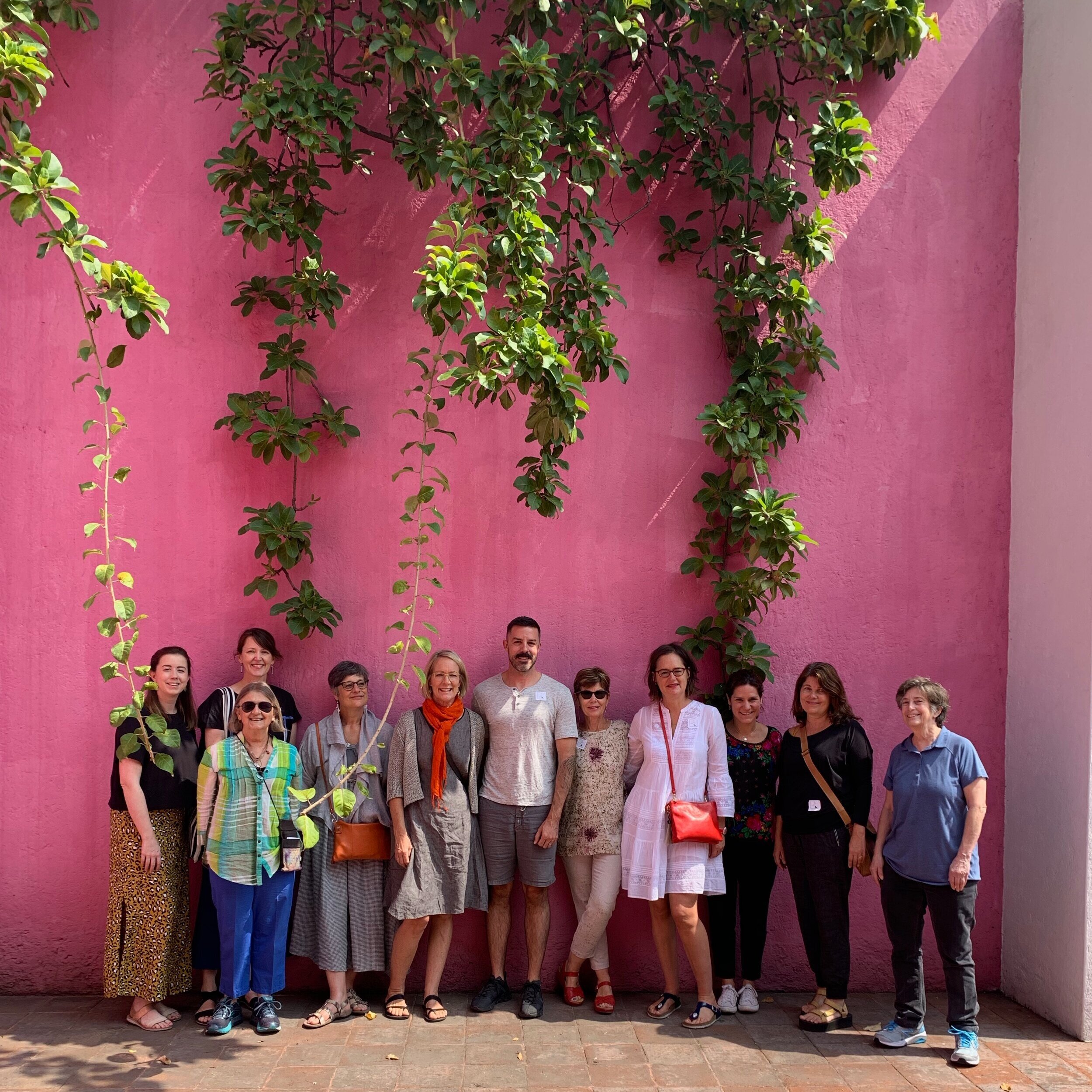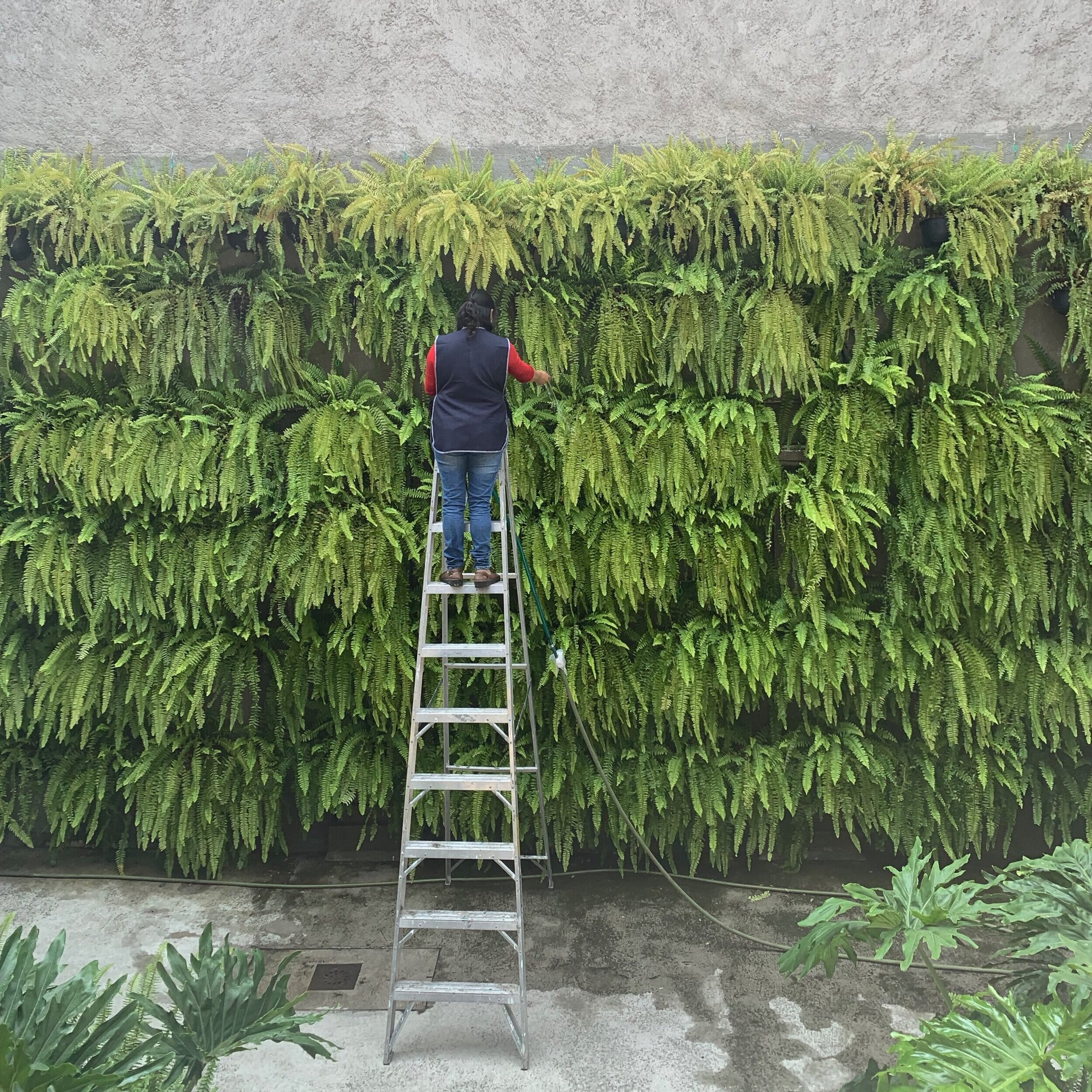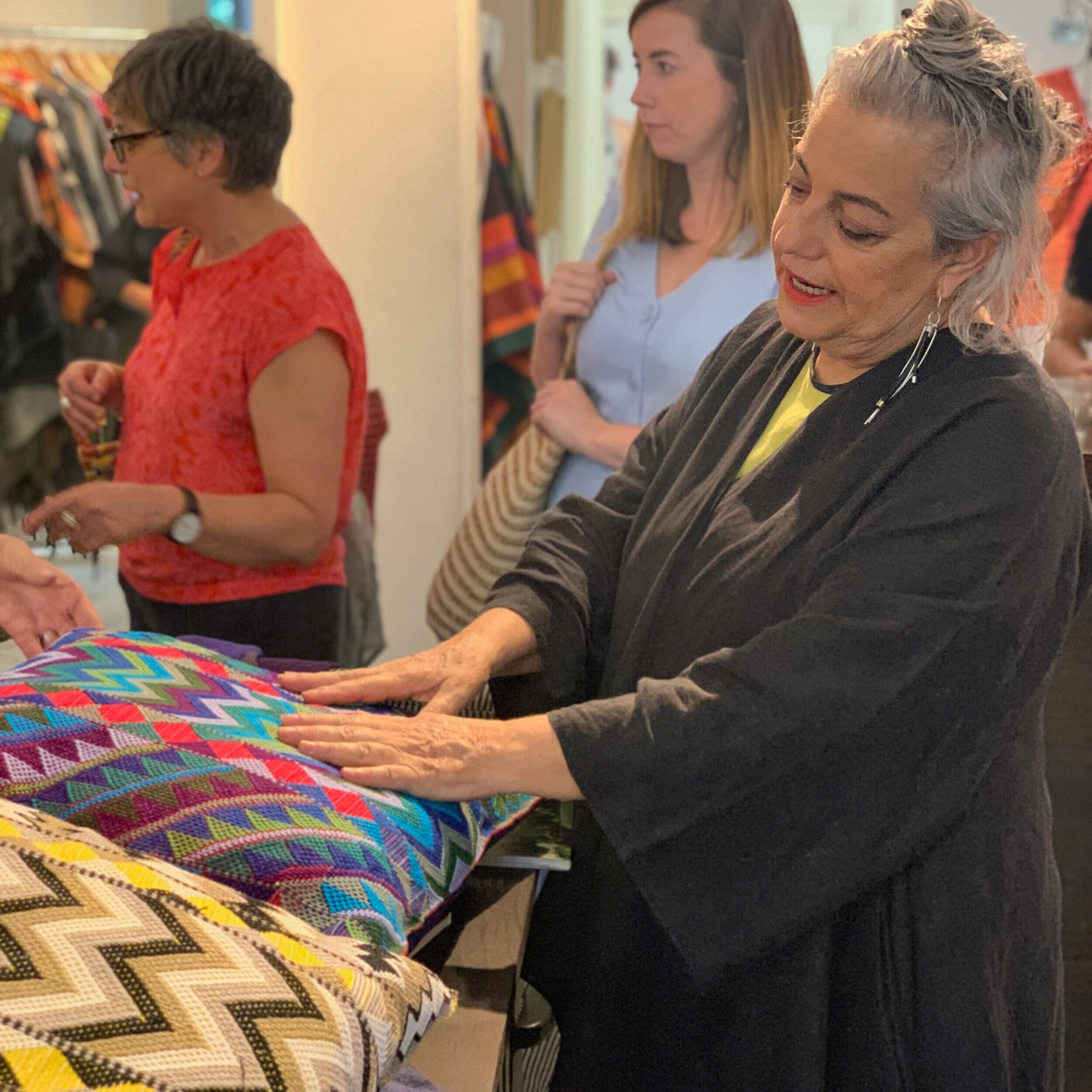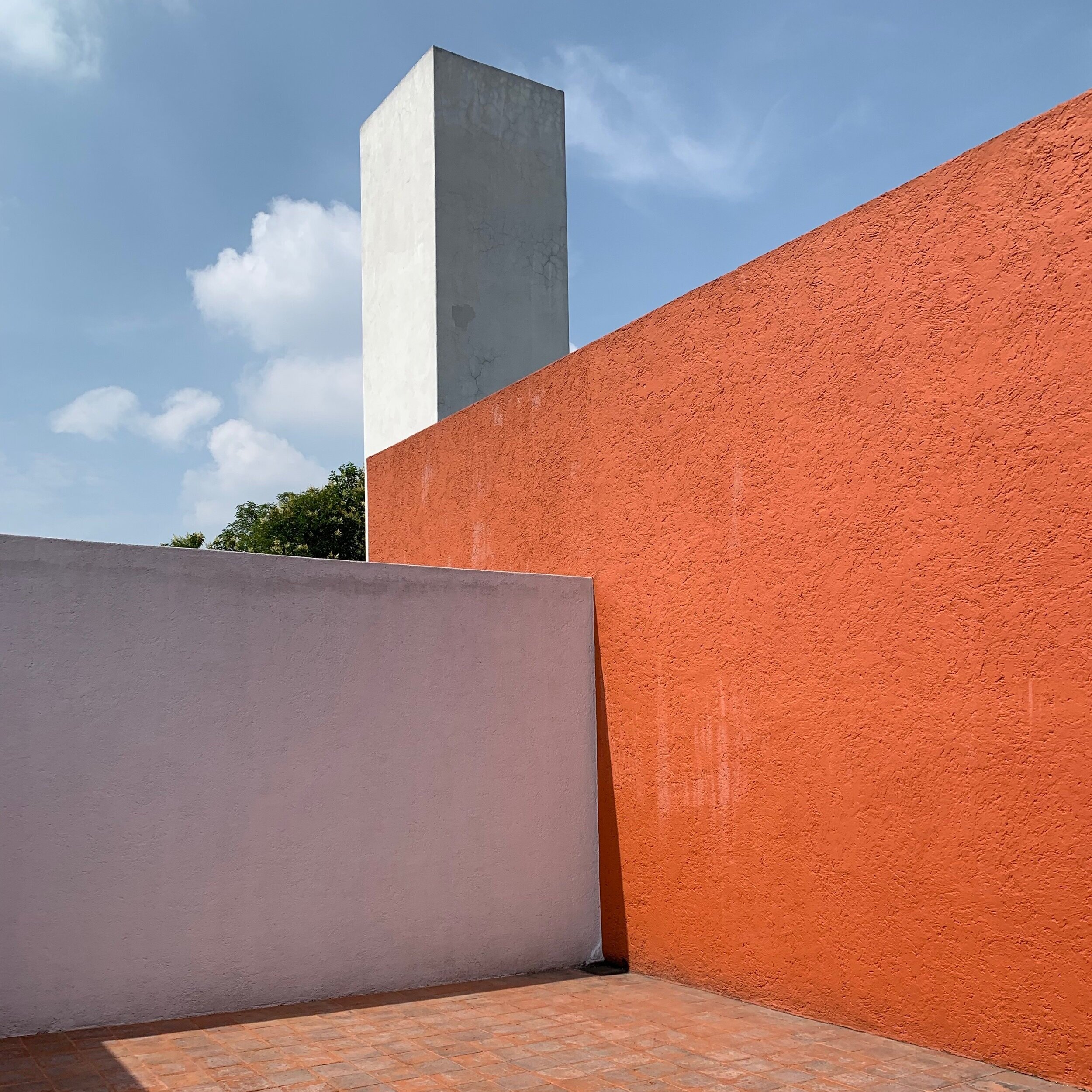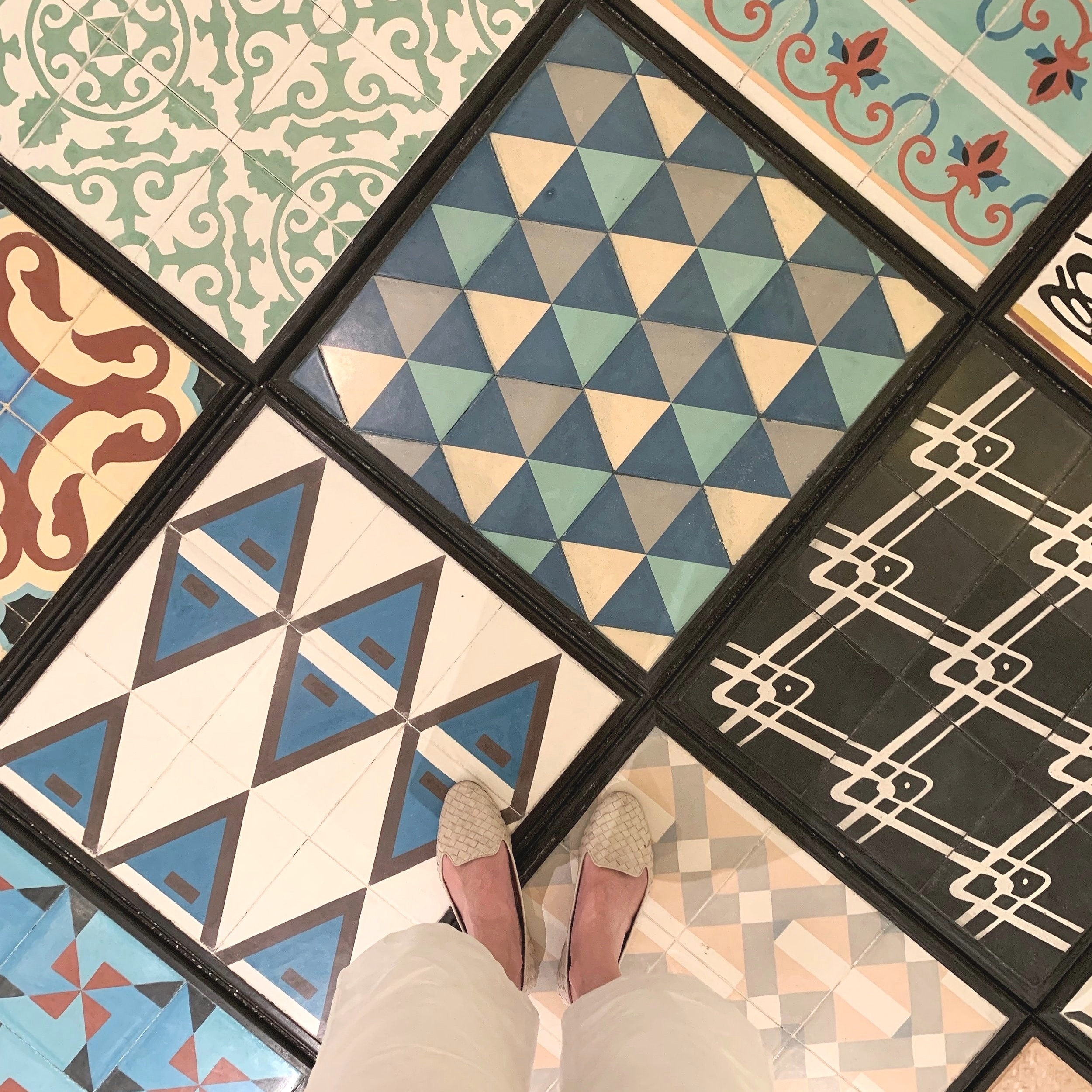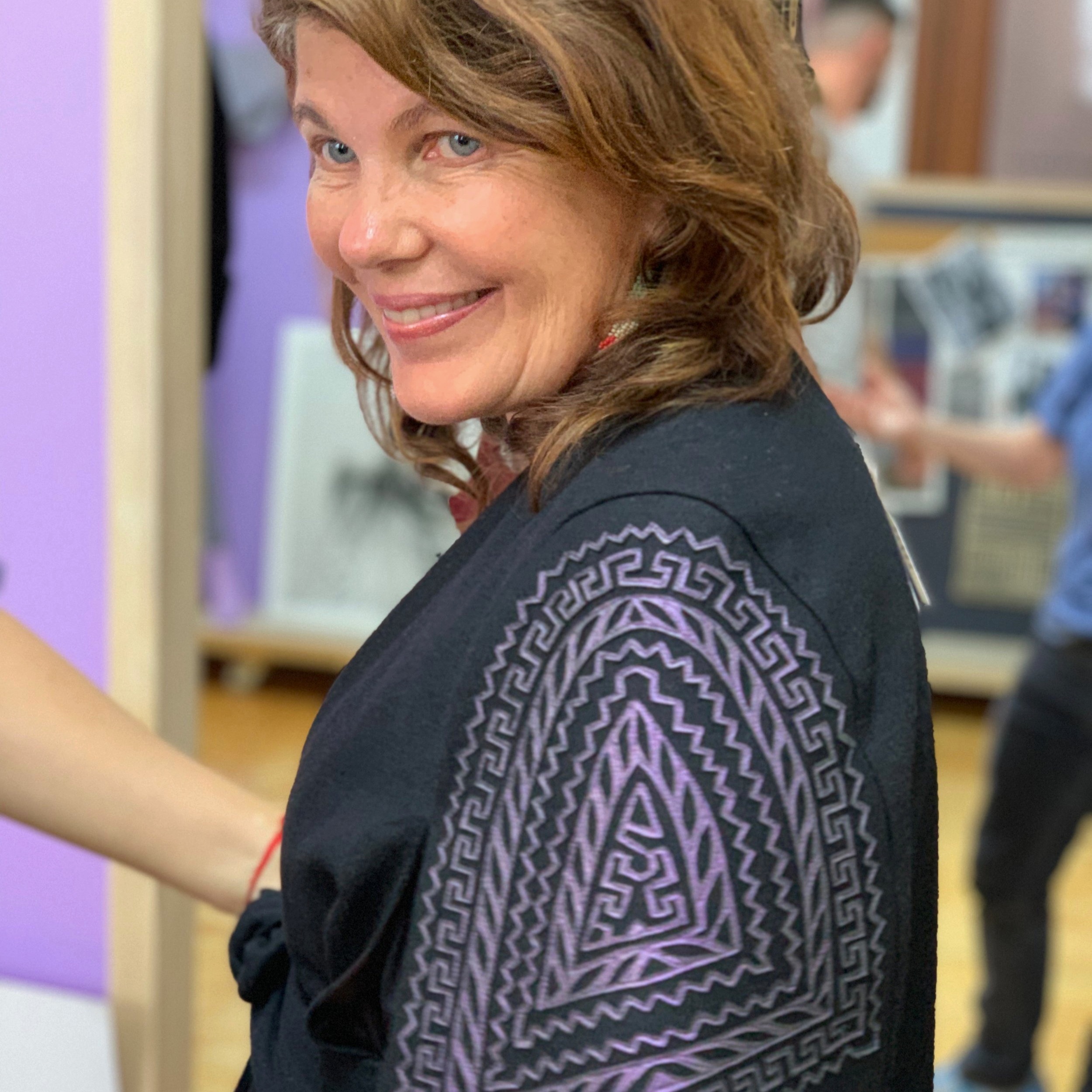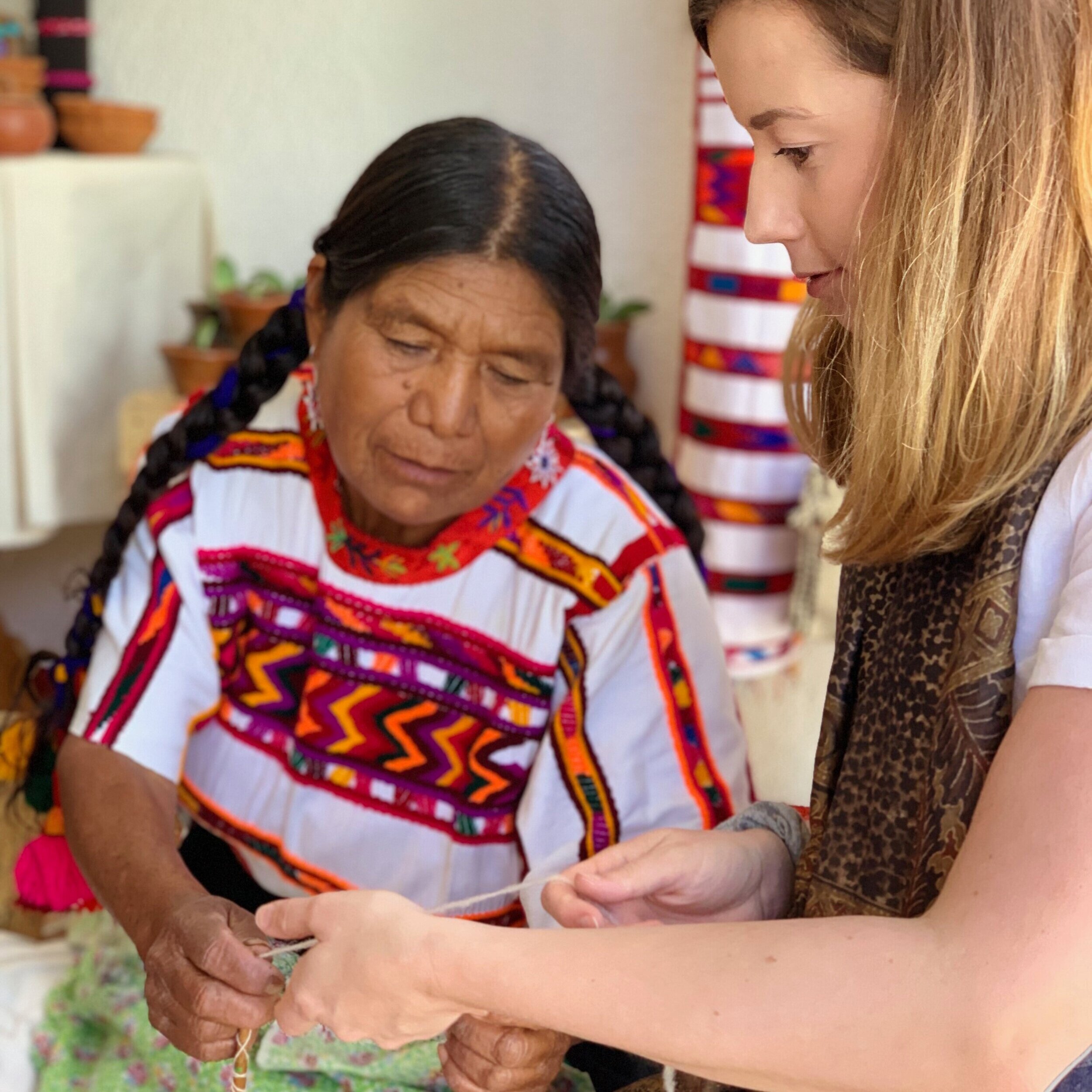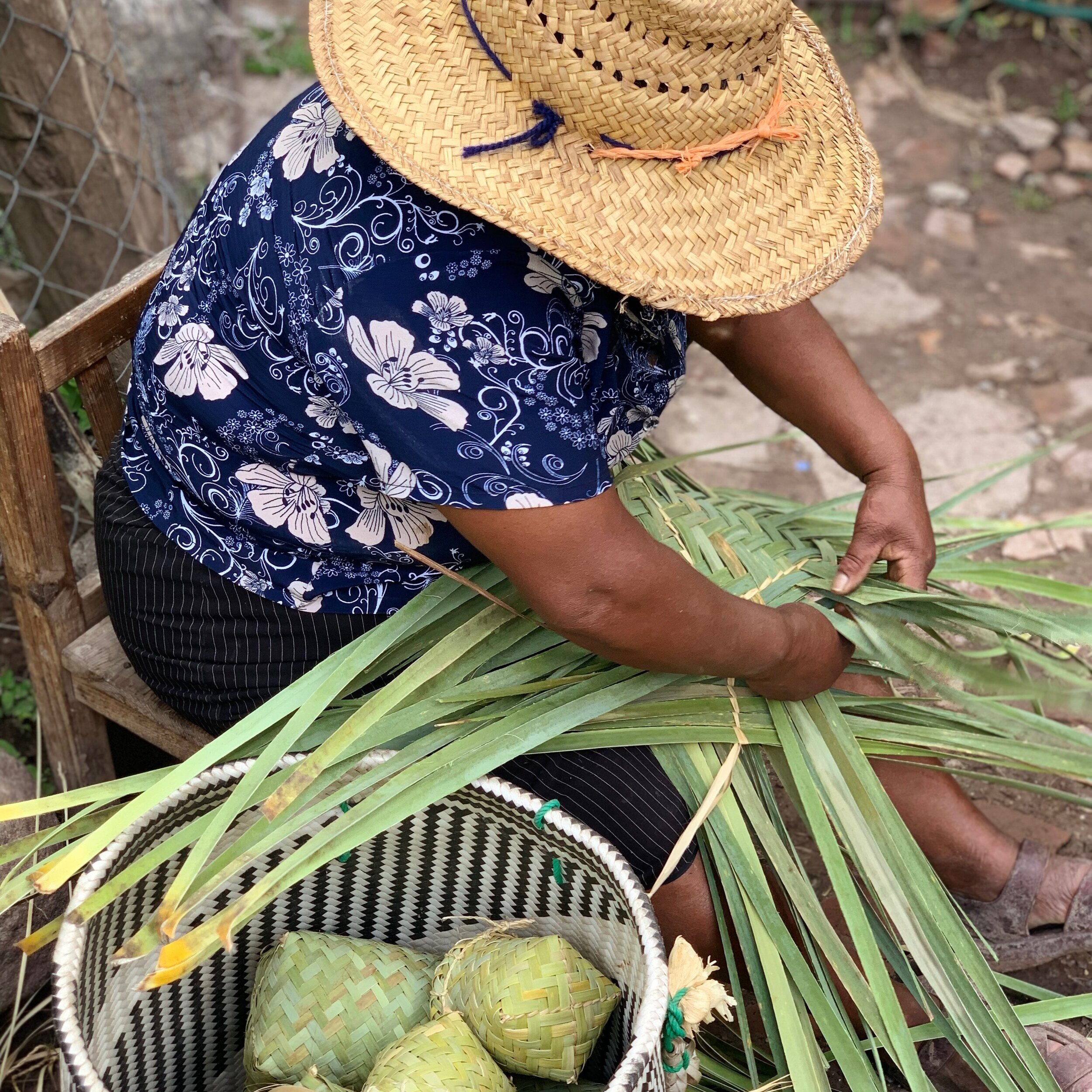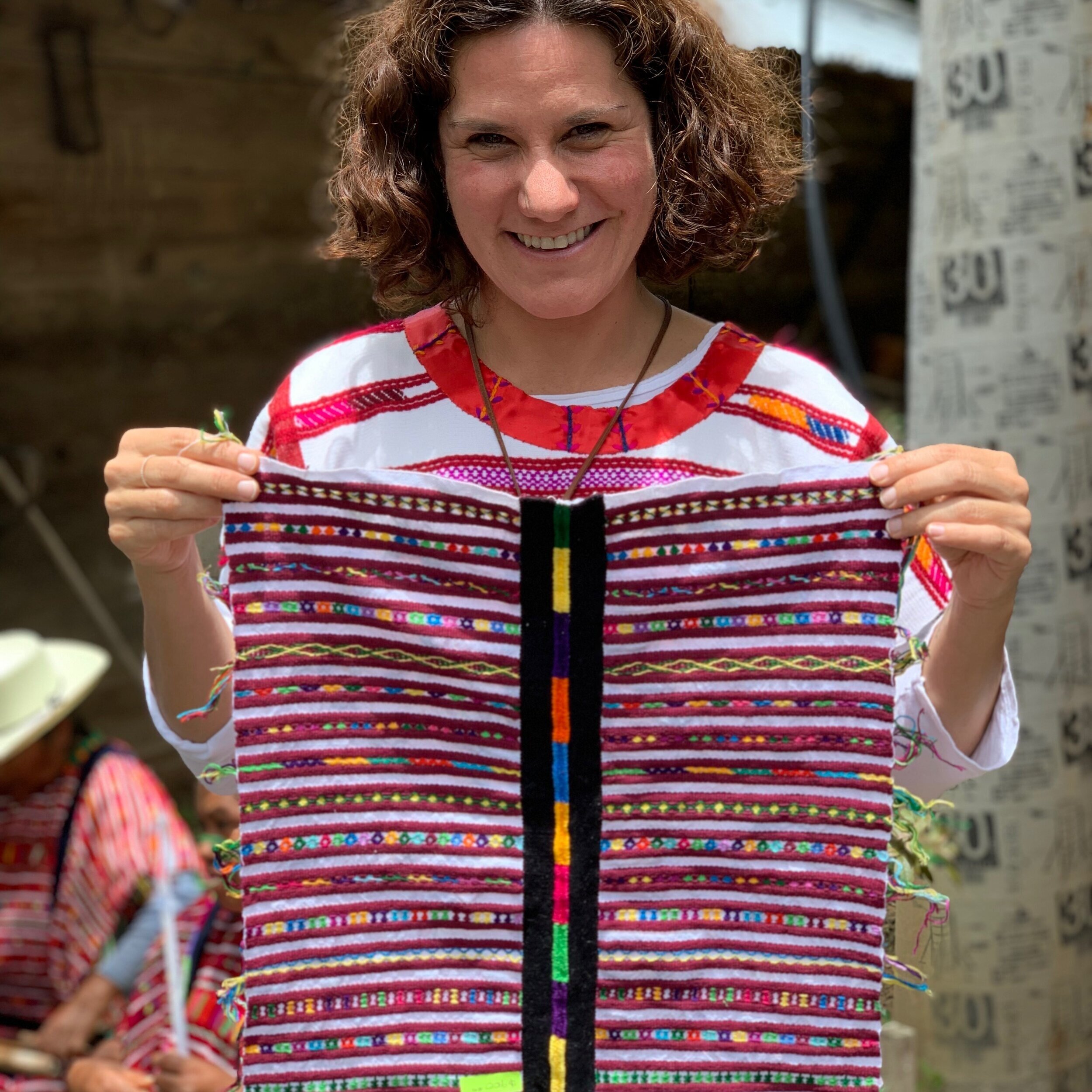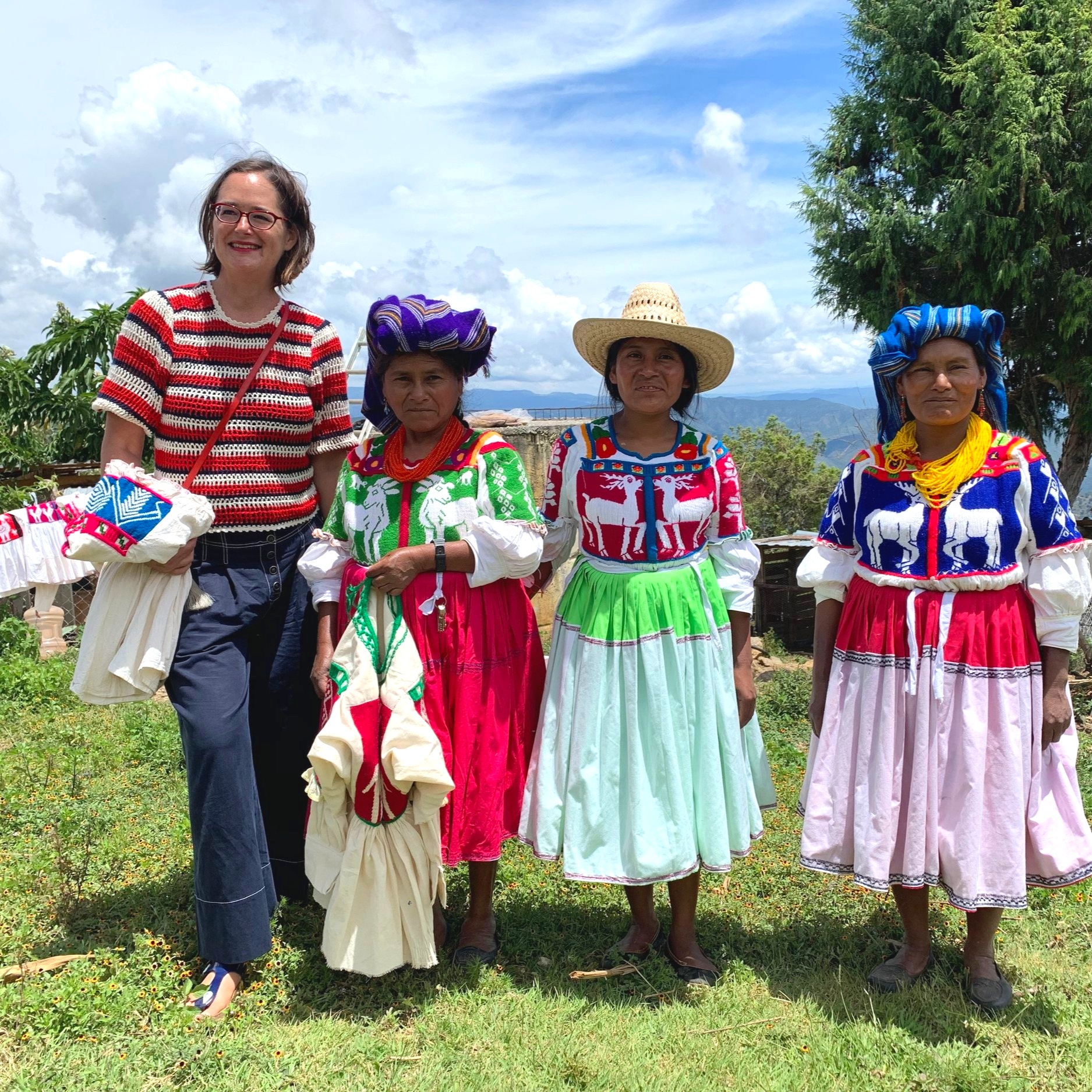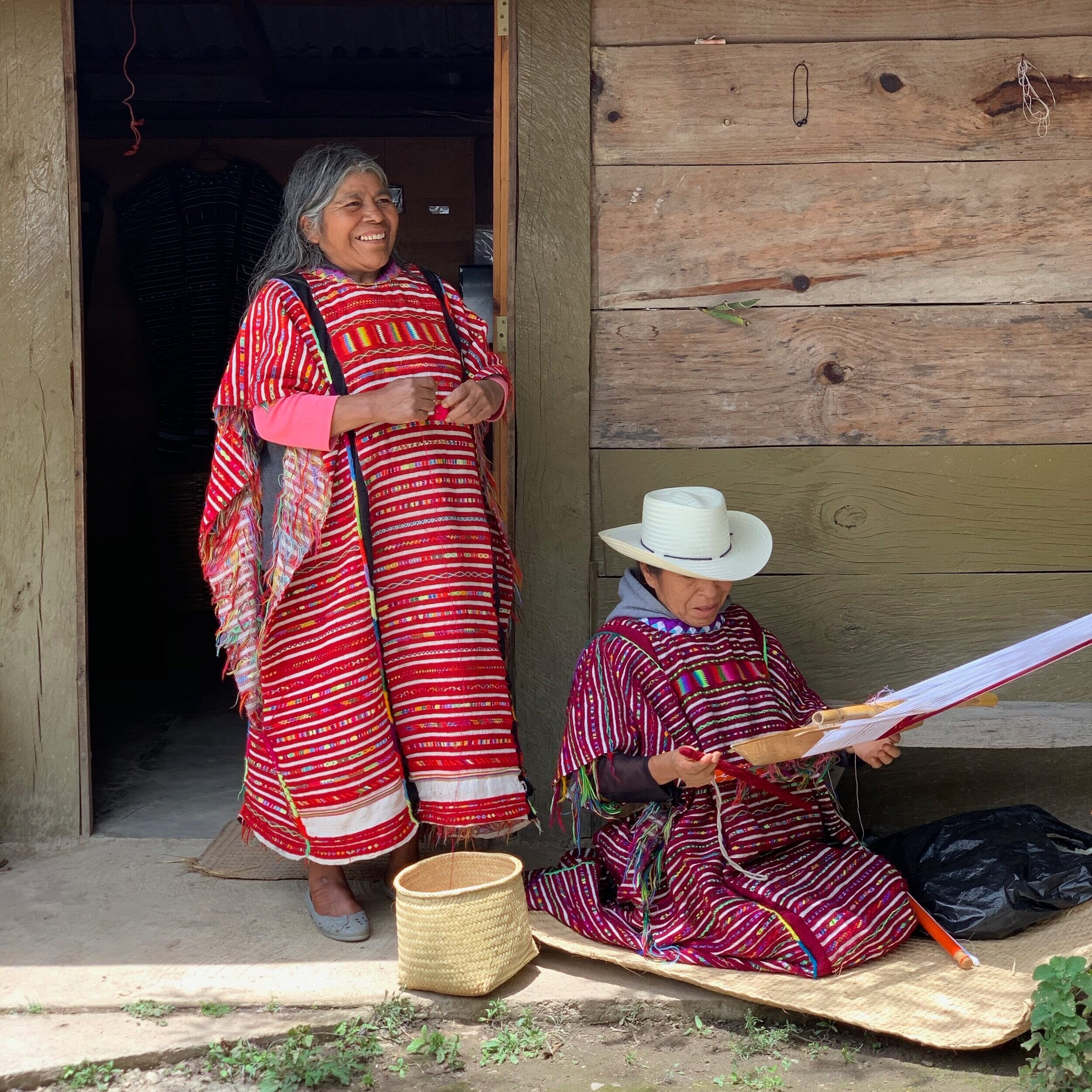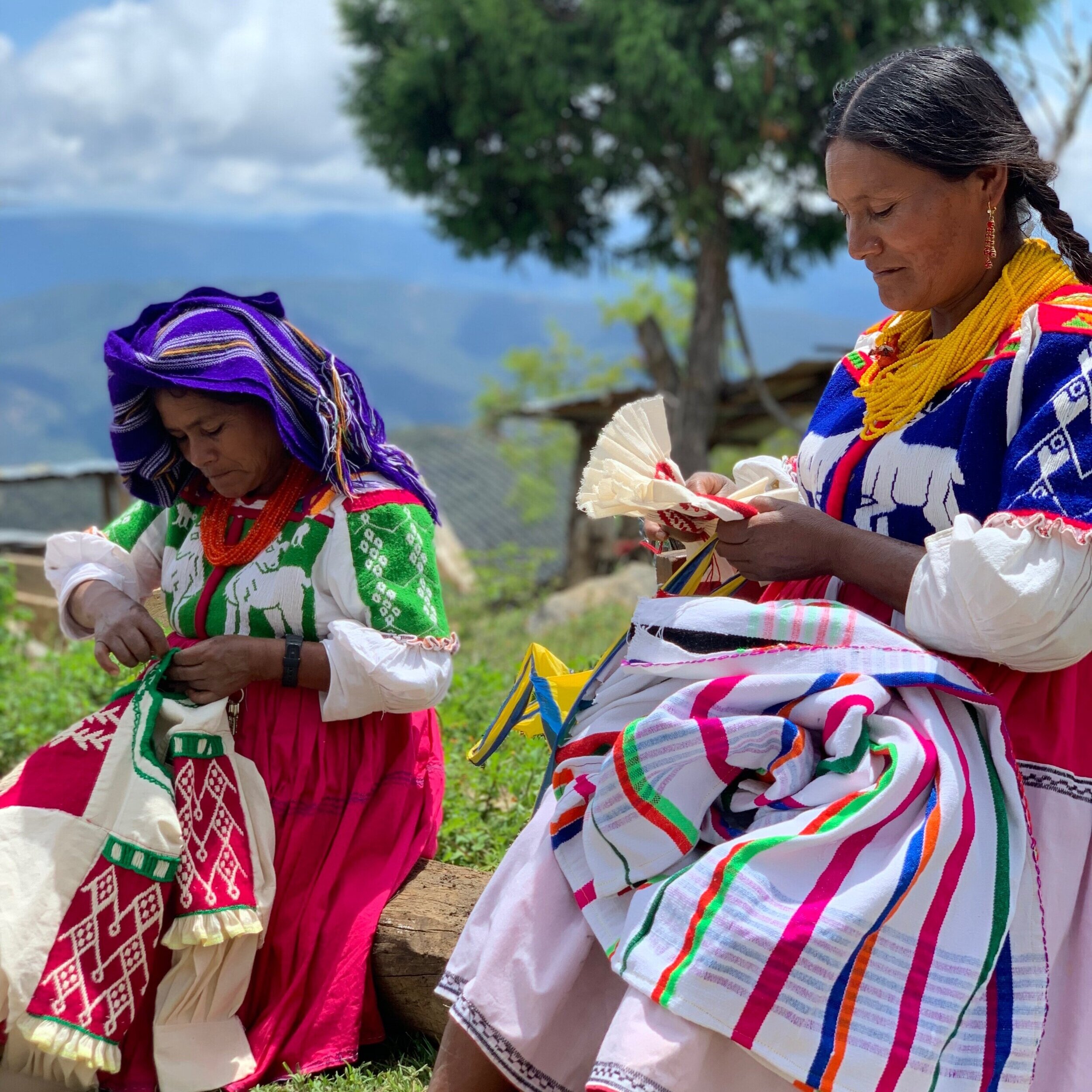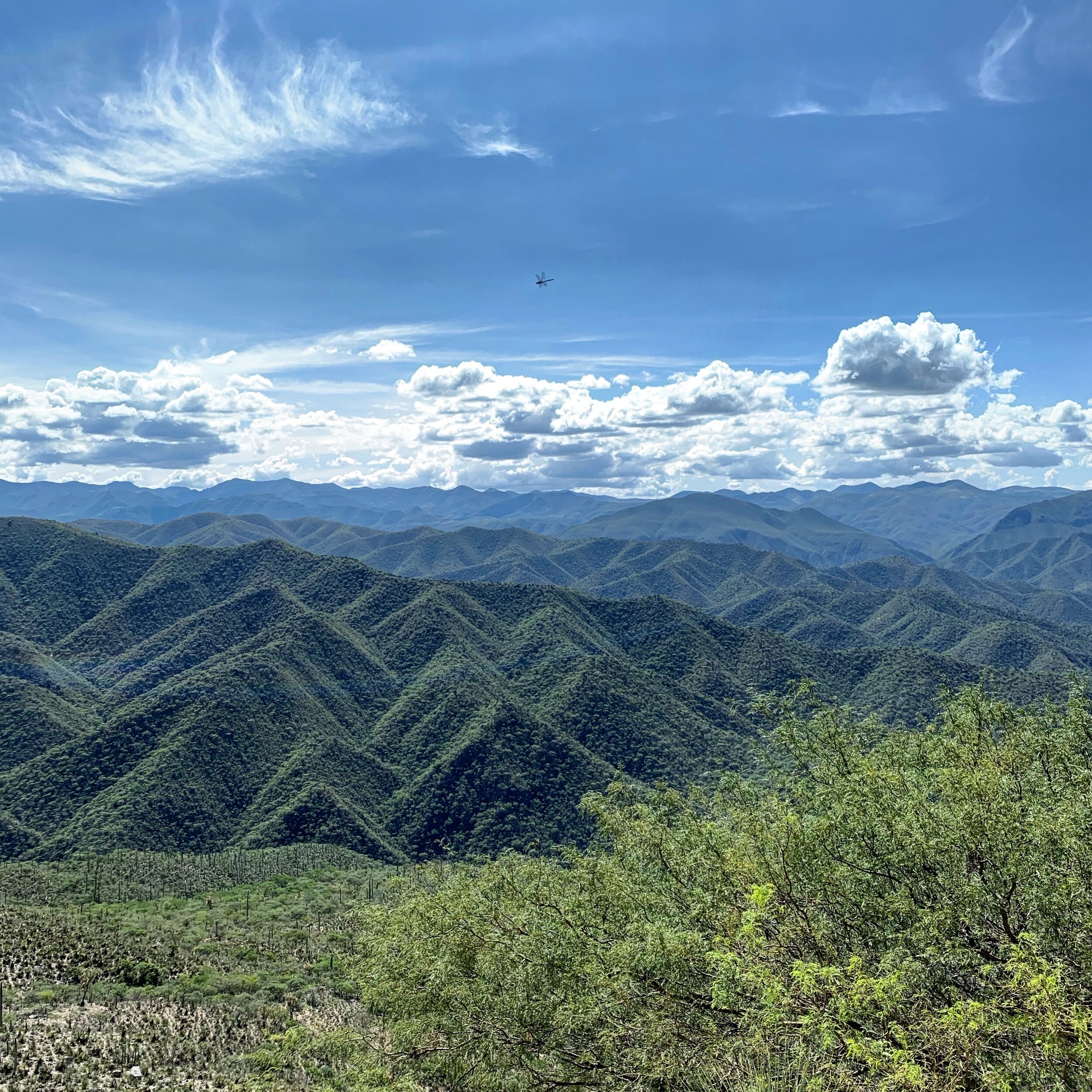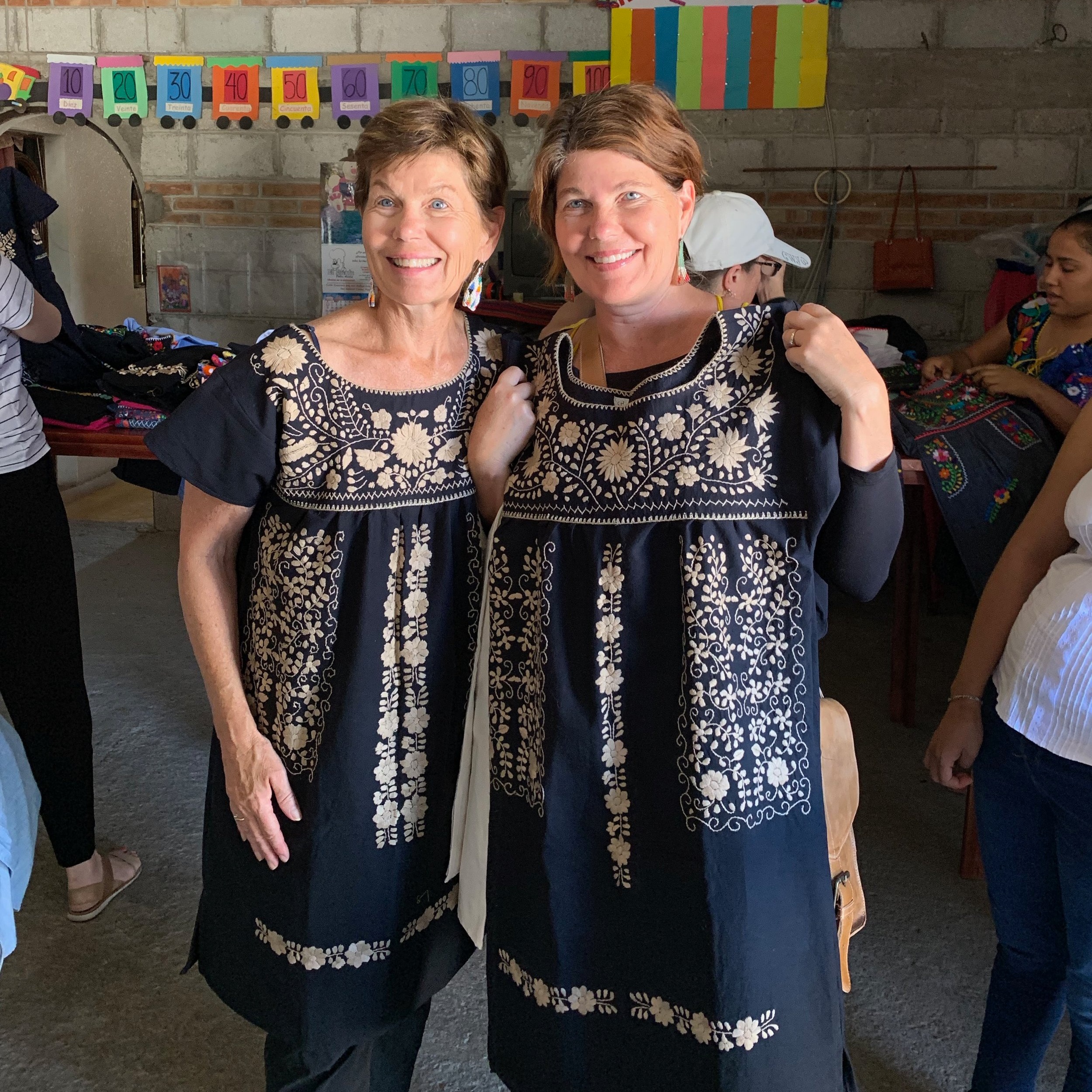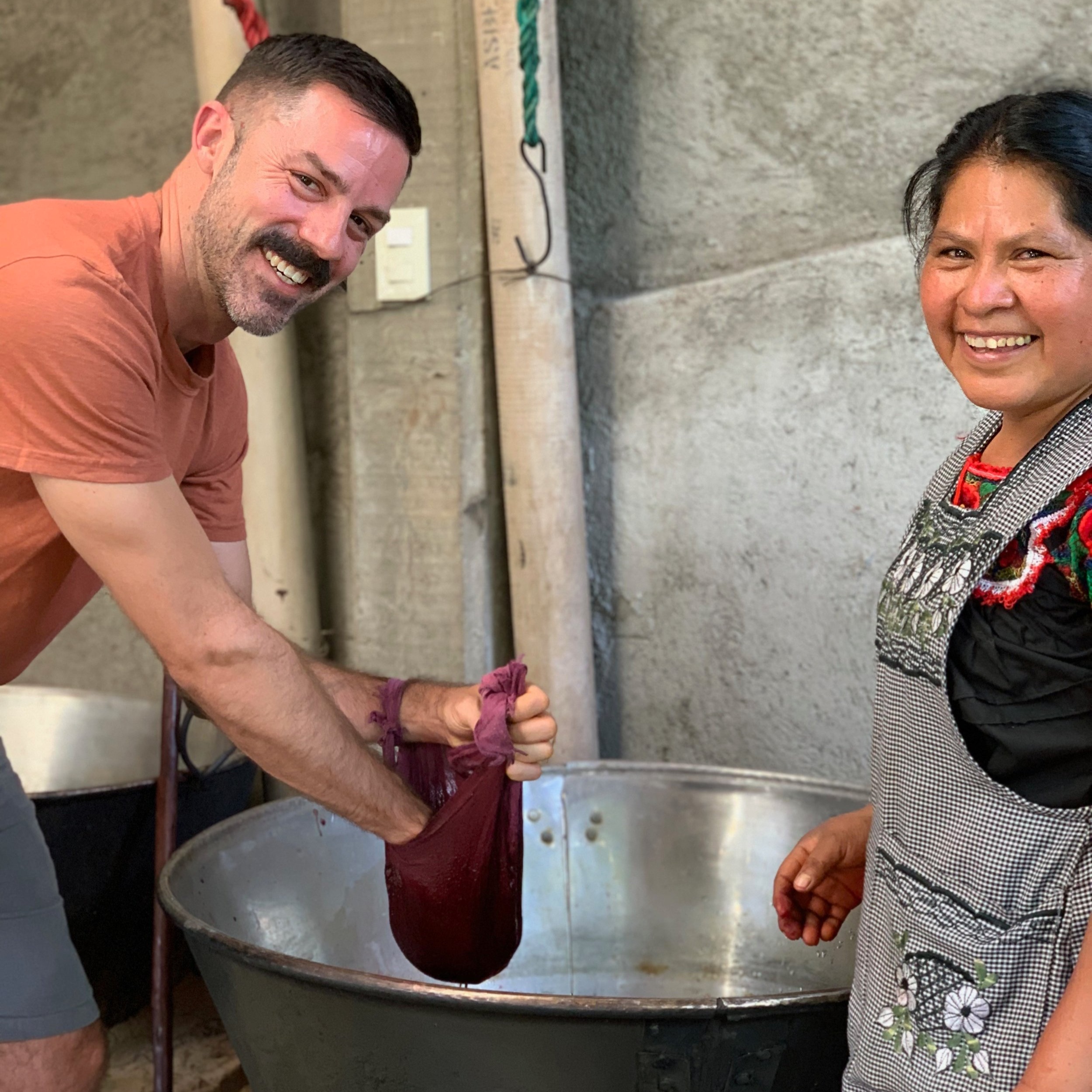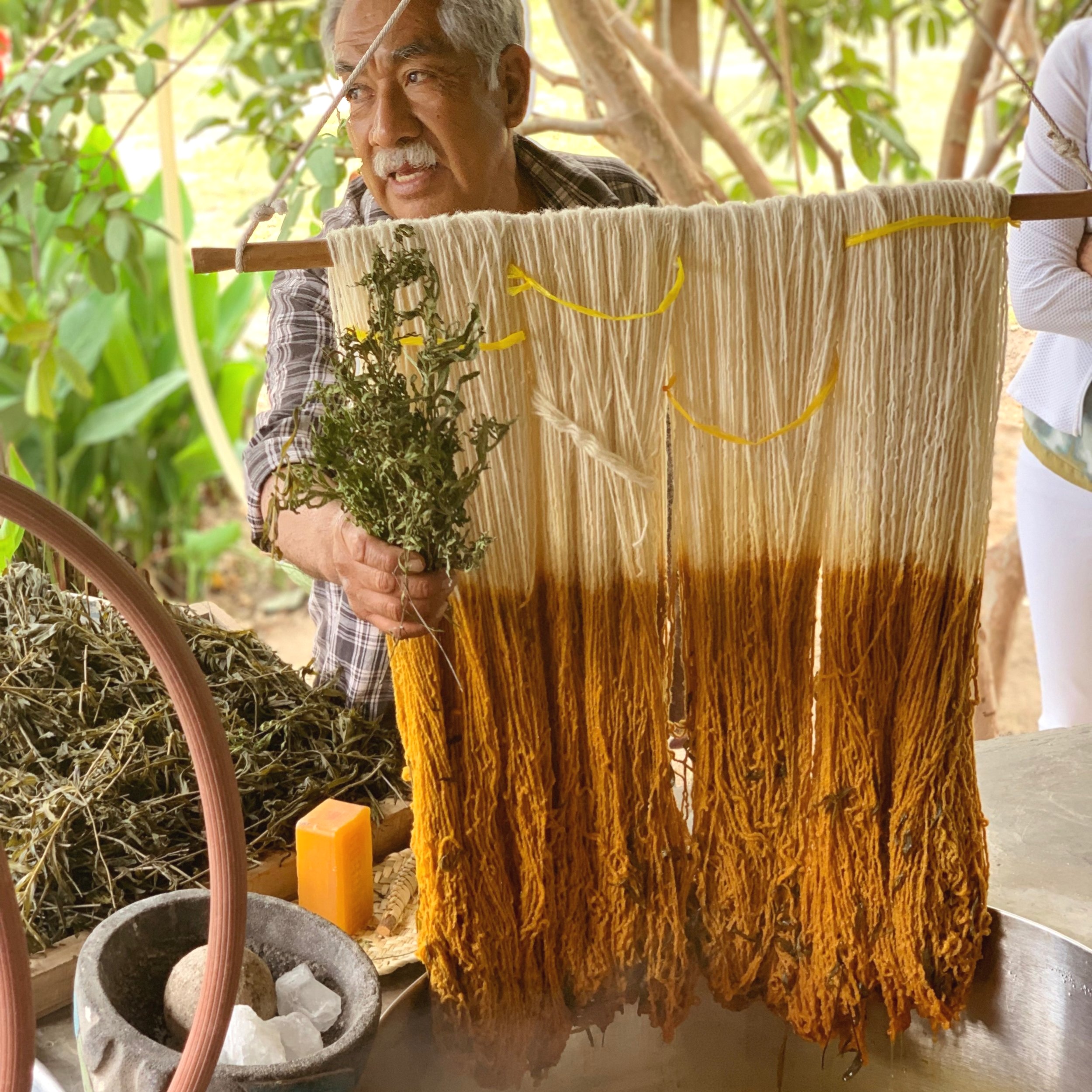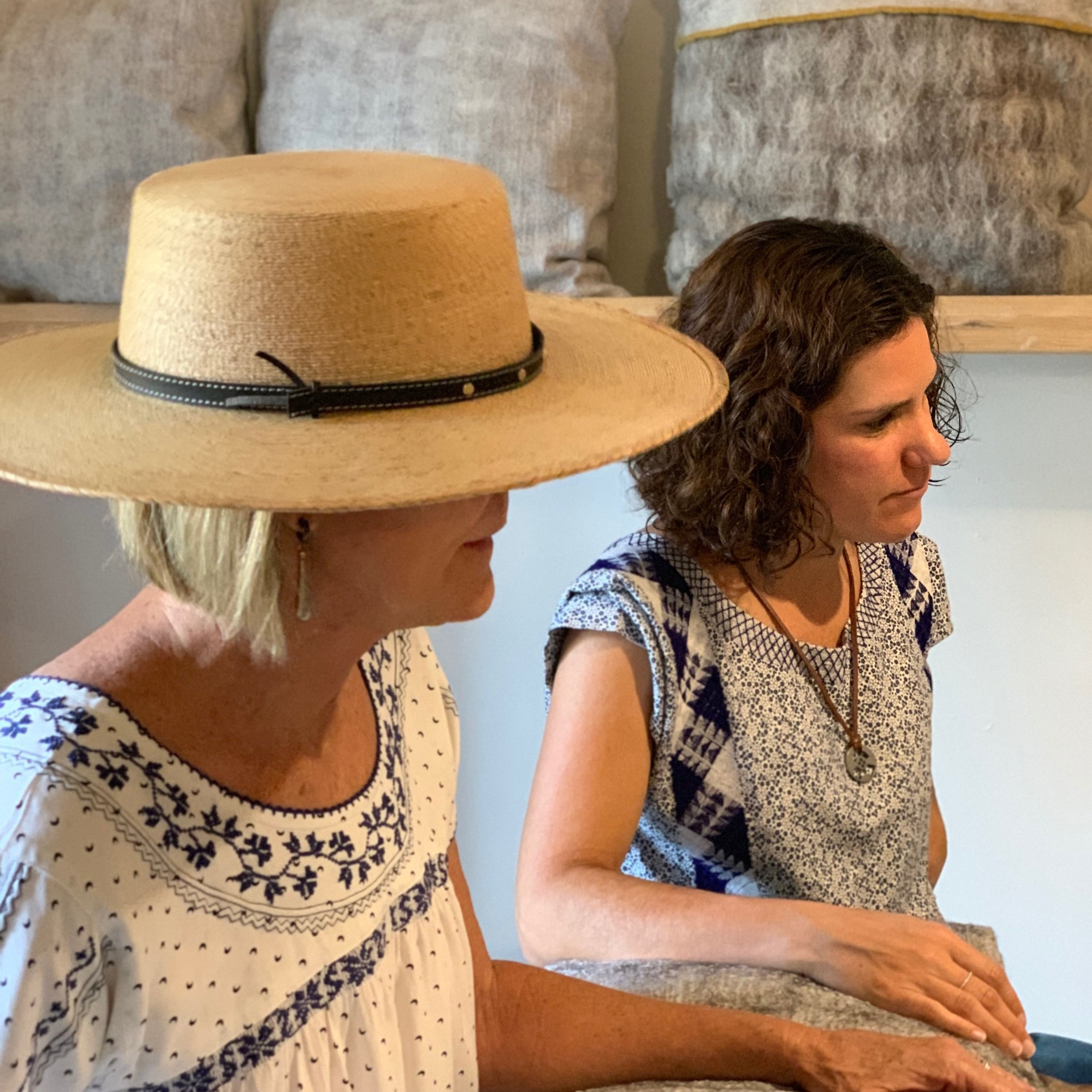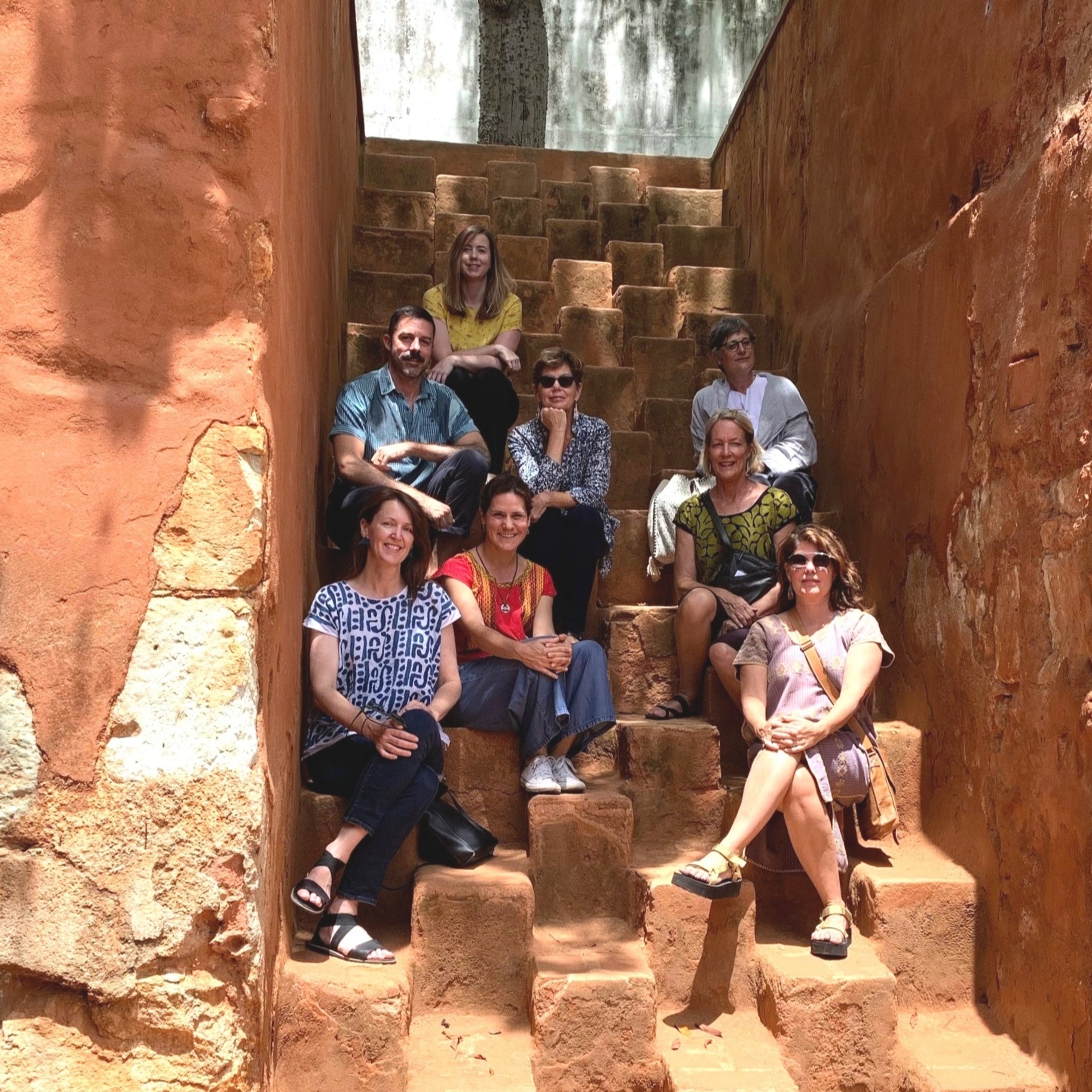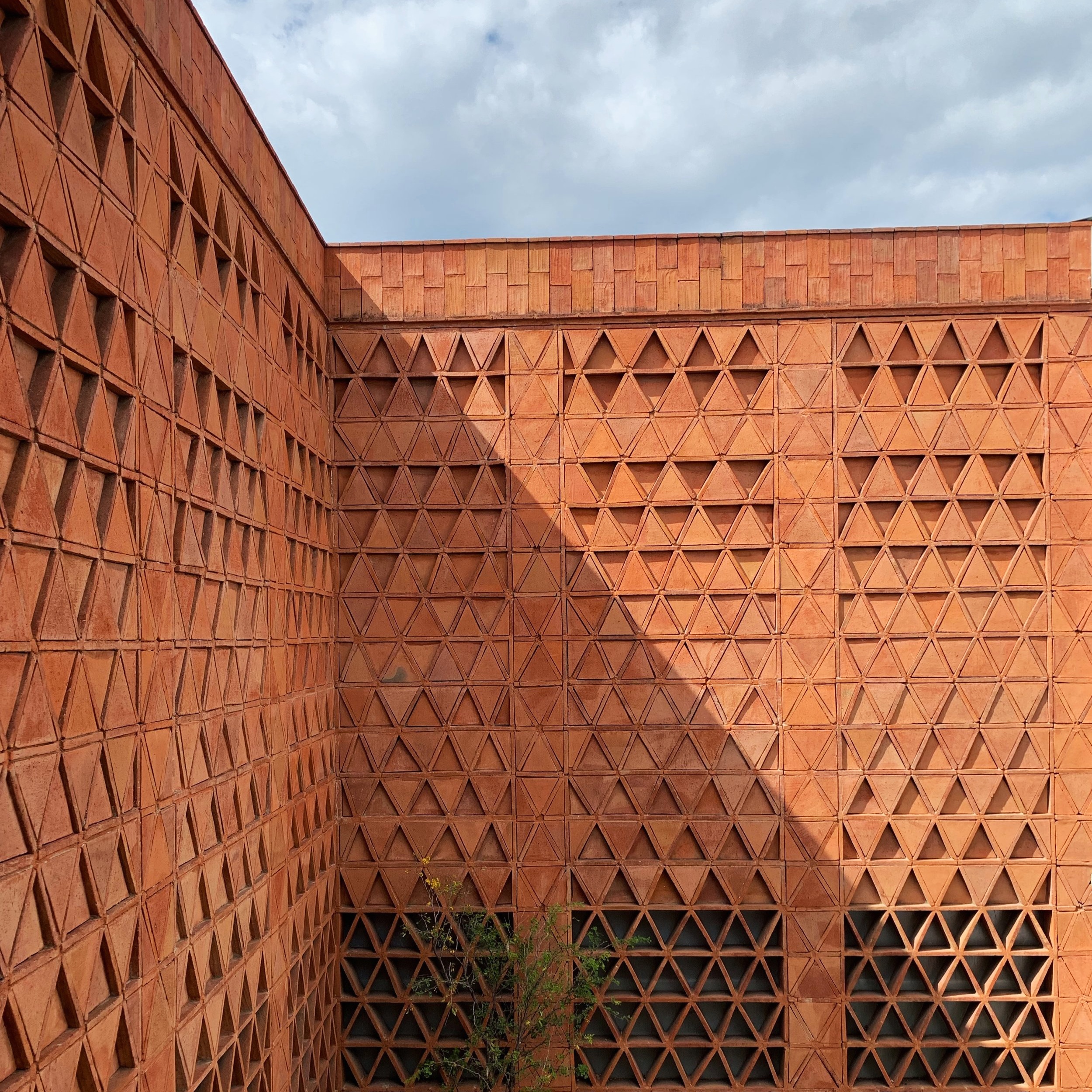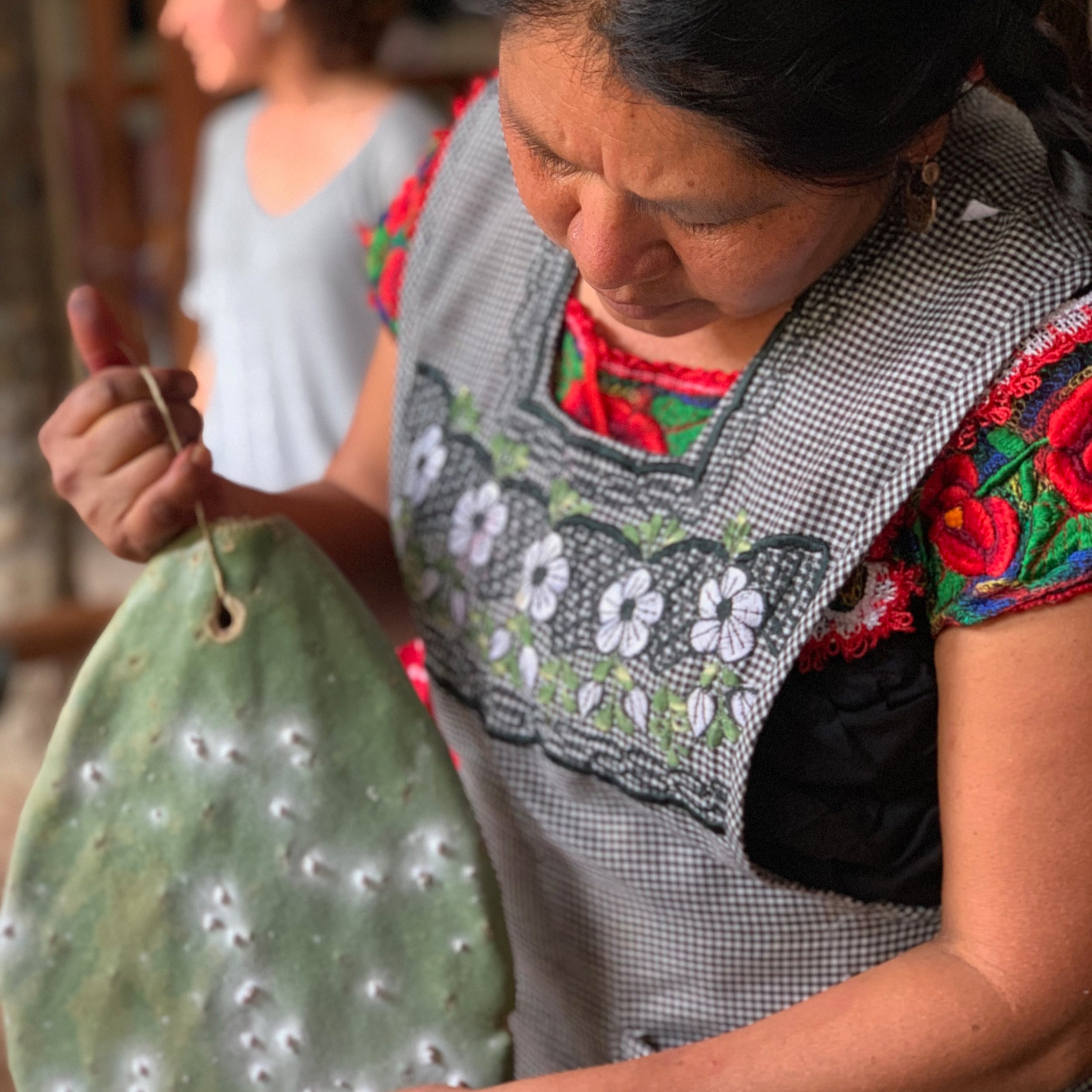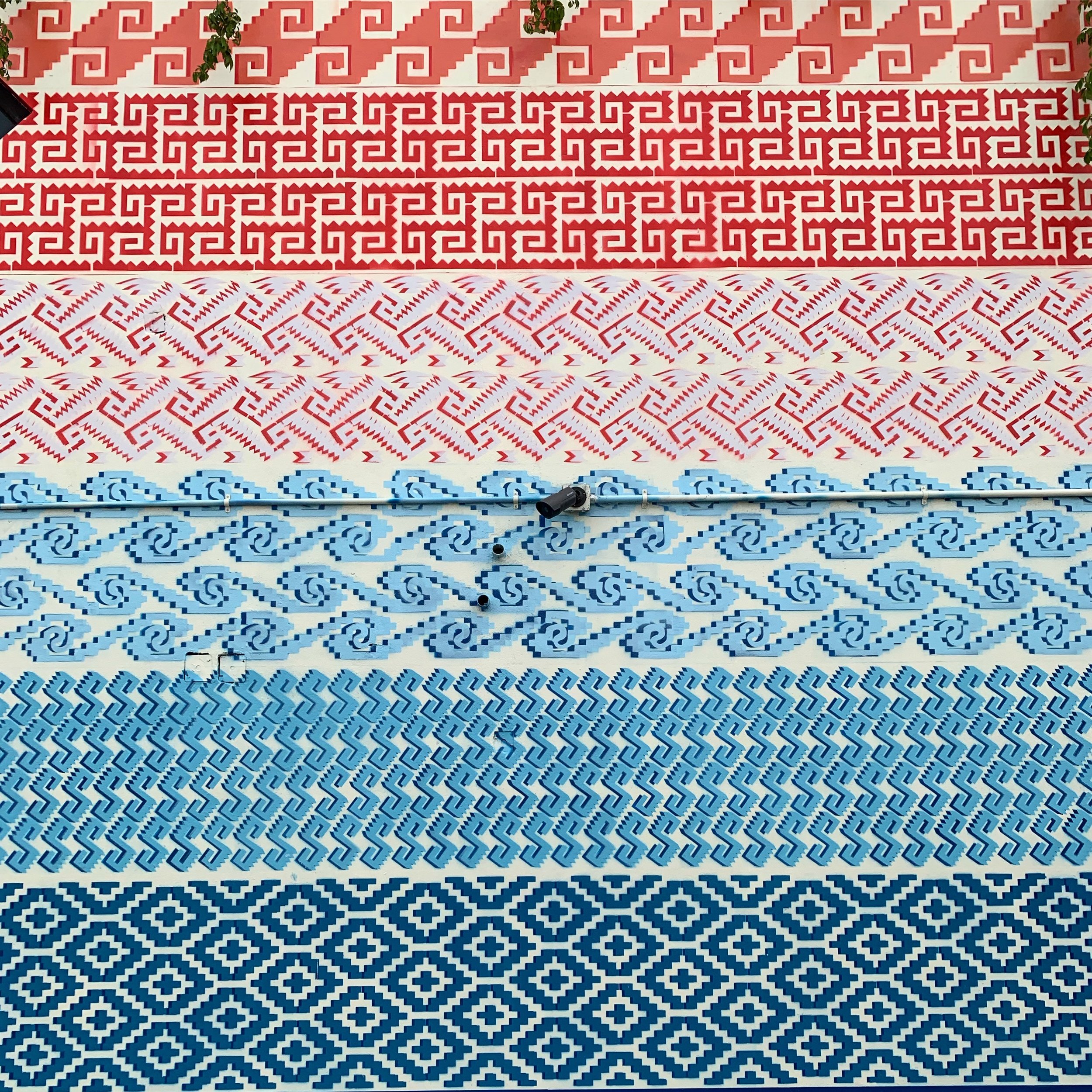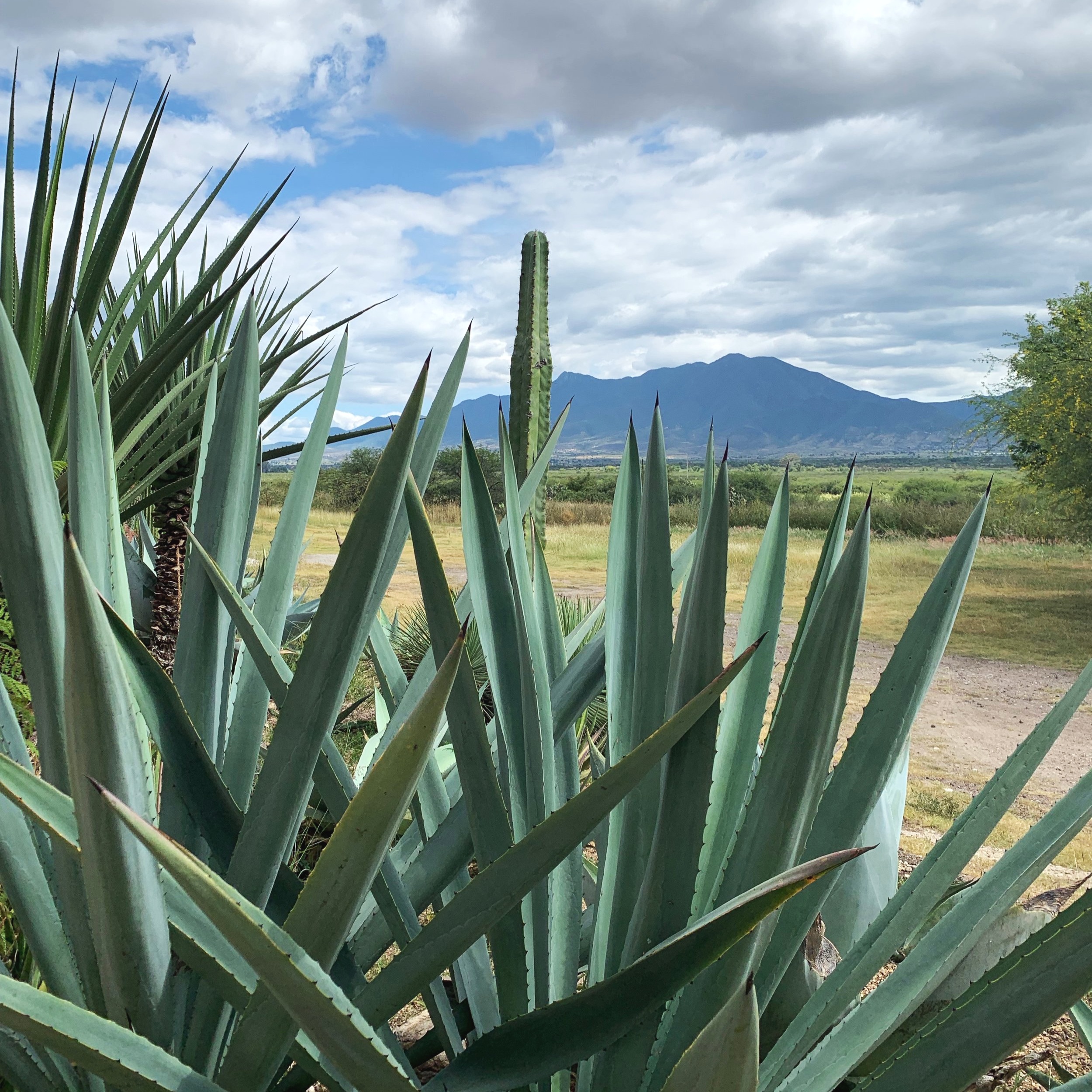MEXICO 2019
Mexico City and Oaxaca
We had a diverse group of interior and textile design professionals—and enthusiasts—on this year’s tour to Mexico City and Oaxaca. Starting in Mexico City, we stayed in bustling Coyoacán, one of the city’s oldest neighborhoods, which was decked out in green, white and red for Mexican Independence Day! At Museo Nacional de Culturas Populares, near our hotel, were three excellent exhibitions featuring Oaxacan artists and projects, providing a link to the second part of our tour. Our goal in Mexico City was to meet contemporary designers who are working with artisans from throughout Mexico, a highlight of which was meeting Carmen Rion, the iconic fashion designer who has pioneered Mexican-made fashion for over two decades with her vibrant eponymous label. We also visited the studio of an award-winning designer who reimagines traditional garments such as the huipile, quechquémitl and rebozo; the showroom of a clothing company with a strong social and sustainable design ethos; and the co-founder of a chic homewares and accessories boutique with deep artisan connections. Our sightseeing focused on Mexican design—including a guided tour of architect Louis Barragan’s house to see how he interpreted modern design from a Mexican perspective and a visit to the Frida Kahlo Museum, to see how Mexican handcrafts influenced her work and style.
The next part of our journey, which took us deep into the beautiful Mixteca Alta, was an exciting contrast to Mexico City. Our hotel was located on the central plaza of a bustling regional town where we had a chance to see the activities of daily life. On day trips, we experienced remote village life and we were privileged to meet women making and wearing traditional clothing, the style of which varies between communities. These communities are rarely—if ever—visited by foreigners and it was a privilege to be a guest in the homes of indigenous female artisans and entrepreneurs, where we also enjoyed lunch, getting a taste for traditional, home-style cooking. It was interesting to see a slice of Mexico’s diverse indigenous culture, which informs and inspires many of the contemporary designers we met in Mexico City.
In Oaxaca City, we saw dynamic artisan enterprises and collaborations at work. These included an organization creating new markets for potters from throughout Oaxaca; a company creating beautiful glassware made from and with recycled waste materials; a felting workshop that specializes in large-scale artist commissions and provides employment for local women; and an organization housed in an elegant old hacienda, which supports collaborations between international designers and local artisans in various mediums. Stepping back in time, we visited Mitla, the Zapotec archeological site known for its stunning geometric stone fretwork, which continues to be a source of inspiration for designers and artisans. Also deeply rooted in Oaxaca’s history is cochineal dyeing, which we learned about while visiting a family of weavers and dyers from Teotitlán del Valle, which is famous for its flat-woven rugs. A highlight of Oaxaca City was visiting the Museo Textil de Oaxaca with our guide, Ana Paula Fuentes, who was the museum’s founding director, and who also gave us such a rich experience of Mexican culture and crafts over the course of our tour.
“This is the second trip I have gone on with Jess and I am looking forward to a third. She packs it in with grace, ease and humor. The Mexico trip was inspiring on so many levels...the artisans we visited, our local guide, and the community of the small group we traveled with.”
Remembering Francisco Toledo
While we were on our tour, we were saddened to hear about the death of Francisco Toledo, the great Oaxacan artist, activist, and cultural leader. We had just seen a wonderful exhibition of his work at the Museo Nacional de Culturas Populares in Coyoacán, and Toledo’s legacy became a persistent thread throughout our journey. Through his projects—both large and small—we saw how he has helped shape Oaxaca into the vibrant, creative city it is today.


